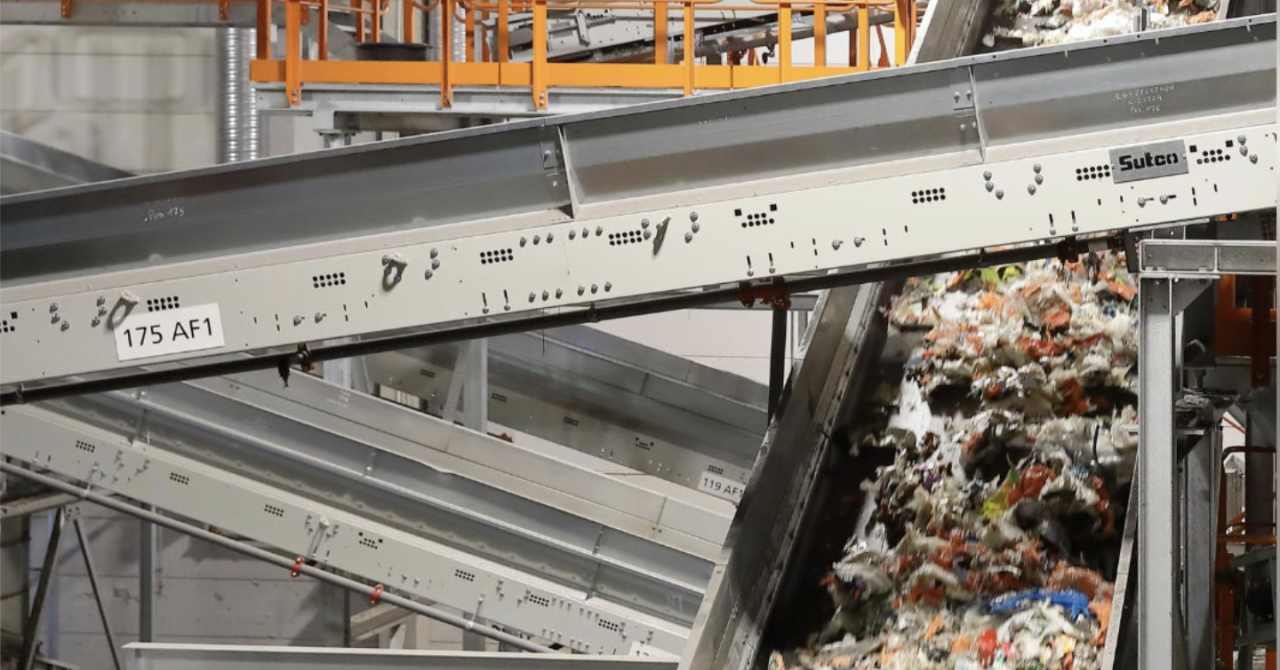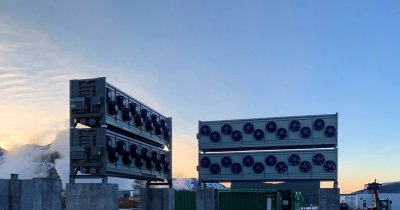Euronews.green writes that innovative technology, made up of infrared cameras, is what allows this unit to have such a high processing capacity and it helps with sorting up to 12 different types of plastic.
Officials at Sweden Plastic Recycling, the operator of the new "Site Zero" facility, claim that this processing power could double the country's plastic recycling capacity. As the world currently produces around 430 million tons of plastic every year, the necessity for facilities such as this one is higher than ever before.
Robert Blasiak, a researcher at the Stockholm Resilience Center, said that "a closed loop for plastics has to be the end goal, really, not just for corporations and governments, but for this UN plastics treaty that’s being negotiated now."
The conveyor belts at Site Zero are able to carry up to 40 tons of plastic waste every hour, which is then separated based on its type according to 12 different units. Mattias Philipsson, CEO of Sweden Plastic Recycling, said that the previous facility was able to only sort plastic based on five types, meaning that only 47% of the material was actually recycled.
The new unit will be able to send in up to 95% of the plastic to recycling centers, minimizing the amounts that will get incinerated and thus, the emissions associated with the process.
"Most plastics are still incinerated because they haven’t been sorted by households", Philipsson added.
Once fully recycled, plastic materials can be used to make new products, such as bottles and food trays, two of their most common applications. Polyester fabric clothing is another increasingly-popular use case for recycled polymers, but it's not uncommon to see flower pots and even wheeled bins made of reprocessed polymers.
You can read more about how plastic is recycled and what we can do with it in this detailed article.
Photo source: Sweden Plastic Recycling
 Mihai - Cristian Ioniță
Mihai - Cristian Ioniță












Any thoughts?